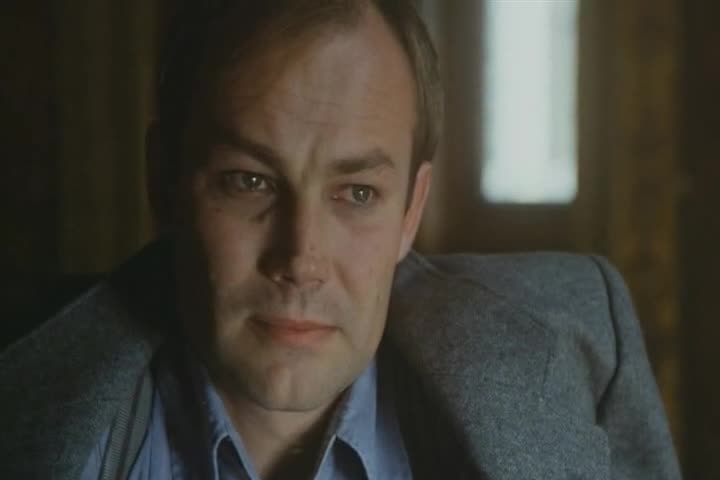Each week, the Gaggle Book Club recommends a book for Gagglers to read and—most important—upload a pdf version of it.
Our practice is that we do not vouch for the reliability or accuracy of any book we recommend. Still less, do we necessarily agree with a recommended book's central arguments. However, any book we recommend will be of undoubted interest and intellectual importance.
Today's recommendation is a delightful--and now largely forgotten--work of history: George Dangerfield's "The Strange Death of Liberal England." Written in 1935, the book examines the political and social upheavals in Britain during the years 1910–1914, and in particular the confluence of crises that contributed to the Liberal Party's collapse and its replacement by the Labor Party. ,
Dangerfield focused on four major challenges that seriously tested the liberal political consensus of those years:
The Suffragette Movement: Dangerfield highlights the militant actions of women campaigning for the right to vote and how their protests strained the political establishment.
The Irish Question: The push for Irish Home Rule created deep divisions in British politics and society, destabilizing the Liberals’ governing coalition.
The Rise of Trade Union Militancy: Labor unrest and strikes signaled the growing assertiveness of the working class, challenging the Liberals’ ability to balance industrial interests and labor rights.
Tory Reaction and Constitutional Crisis: Conservative opposition to Liberal policies, particularly on House of Lords reform, further weakened the Liberal government’s effectiveness.
Dangerfield argued that that these four crises converged to overwhelm the Liberal Party, rendering it incapable of maintaining its dominance in British politics. The outbreak of World War I in 1914 served as the final nail in the coffin, fundamentally altering the political landscape and paving the way for the rise of the Labour Party.
Dangerfield offers a biting critique of the Edwardian era, suggesting that the veneer of stability and order masked deep-seated social tensions. He portrays Liberalism as ill-equipped to address the demands of an industrialized, increasingly democratic society. Classical liberalism's emphasis on free trade, limited government, and individual rights clashed with the collectivist and militant movements of the era.
Dangerfield's prose is packed with wit, energy, and vivid descriptions. His narrative style is engaging, blending scholarly analysis with literary flair.
When it came to the suffragette movement, Dangerfield argued that it posed a serious challenge to the Liberal government, both politically and culturally. The movement was marked by increasingly militant tactics under the leadership of the Women’s Social and Political Union (WSPU), led by Emmeline Pankhurst and her daughters. These tactics included hunger strikes, property destruction, and disruptive protests.
The Liberal government, particularly under Prime Minister H.H. Asquith, was ambivalent toward suffrage. While some Liberals favored giving women the vote, others were indifferent or opposed, fearing that it would strengthen the Conservative vote. Back then, women were believed to be a conservative force in society. Indeed they were up to the 1960s. It was then that the second-wave feminism took hold, with all the attendant consequences that upended Western society.
Dangerfield highlights how the government's harsh response to militant suffragette protests, including arrests and force-feeding of hunger strikers, alienated progressive supporters and created a public relations nightmare. The suffragette campaign revealed the limits of Liberal tolerance for dissent and exacerbated internal divisions within the party.
When it came to the Irish Question, the Liberal Party’s attempt to grant Home Rule to Ireland brought long-standing tensions between Britain and Ireland to a boiling point.
Protestant Unionists in Ulster, led by figures such as Edward Carson, vehemently opposed Home Rule, fearing subjugation by Ireland's Catholics. They formed the Ulster Volunteer Force (UVF) and, openly defying the Westminster government, began to import arms. Dangerfield emphasizes the role of Conservative leaders who sided with the Unionists, effectively undermining the Liberal government. They tacitly supported the UVF and contributed to the growing threat of civil war.
The Liberals struggled to reconcile the demands of Irish nationalists and Unionist resistance, revealing their inability to maintain order.
Dangerfield also identified the rise of trade union militancy as another destabilizing force. Between 1910 and 1914, Britain experienced a wave of strikes, involving miners, dockworkers and railway workers. Workers had become increasingly disillusioned with Liberal policies, which failed to address issues like low wages, poor working conditions, and economic inequality. The growing labor unrest was fueled by socialist ideas and dissatisfaction with incremental reforms.
The Liberal government found itself caught between the interests of industrialists and the demands of workers. Efforts to mediate often pleased neither side, and strikes became more organized and widespread.
In Dangerfield's view, the proliferation of strikes marked the growing irrelevance of the Liberals in addressing class-based conflicts. The labor movement increasingly turned to the Labour Party as its political voice, further eroding Liberal support.
Finally, there was the constitutional crisis over the powers of the House of Lords. The unelected upper chamber, the House of Lords, flatly rejected to policies of the elected government. This culminated in the political crisis of 1909, when the Lords refused to pass the People’s Budget--introduced by Chancellor of the Exchequer David Lloyd George--which sought to tax the wealthy and fund social welfare programs.
This crisis led to the 1911 Parliament Act, which reduced the Lords' power to veto legislation. However, the process of achieving this was fraught with tension, requiring two elections in 1910 and considerable political maneuvering. Although the Liberals ultimately succeeded in curtailing the Lords’ powers, Dangerfield argued, the prolonged struggle revealed the fragility of the Liberals' political position. Dangerfield claimed that the crisis drained the Liberals’ energy and alienated key constituencies, particularly as the Conservatives increasingly framed themselves as defenders of traditional British values against radical Liberalism.
According to Dangerfield, these crises served to overwhelm Liberalism. Its political proponents didn't seem to know how to govern effectively. Slogans about individual freedoms could no longer provide answers to the new challenges of an era marked by industrial, political and military conflict. The outbreak of World War I effectively marked the end of the Liberal era, as the party splintered and Labour rose to prominence as the main left-wing alternative to the Tories.
George Dangerfield's book is a delightful read. Even those who are not familiar with the political fights and the leading personalities of that era will take pleasure in the author's humorous and ironic style..














